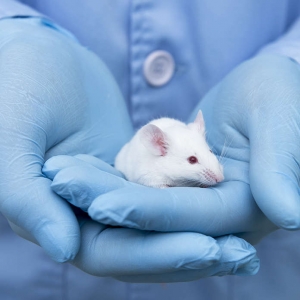Social disorders are typical symptoms of many mental illnesses, such as depression, autism and schizophrenia. Therefore, changes in social behavior can be used as one of the criteria for assessing mental illness. The three-chamber sociability test is a behavioral experiment developed by scientists on the basis of animal models to study the changes in animal social behavior.
Our company is committed to providing our customers with a broad range of classical behavioral tests, including the three-chamber sociability test. We customize the most appropriate tests for our customers to accelerate their innovative research projects in psychiatric disorders.
Experimental Principle
The Three Chamber Social Test exploits the rodents' gregarious and exploratory nature. The test chamber is flanked on each side by experimental animals that have been familiarized or first exposed. The socialization ability of the experimental animals was determined by detecting the time spent in any of the three box compartments freely chosen by the experimental animals during the two experiments.

Fig. 1 Device for three-chamber sociability test.
Experimental Flow
The experiment is divided into two main phases. Here, we introduce the procedure of the three-chamber sociability test using mice as the subject animals.
- The first phase
The subject mice were acclimated in the test chamber for half an hour before the experiment.
Divide the test chamber into three compartments with transparent glass resin and place the subject mice into the middle box to adapt for 5 min.
Place stranger 1 randomly into the metal cage in the left or right box, leaving the metal cage in the box on the other side empty.
The glass plate was removed and the subject mice were allowed to move freely between the three boxes for 10 min, and the social activities of the mice were recorded with the animal behavior analysis system.
- The second phase
A second unfamiliar homozygous mouse (stranger 2) was placed in the empty metal cage in the first phase of the experiment, and the social activity of the mice was recorded for 10 min.
 Fig. 2 Schematic diagram of the three-chamber sociability test.
Fig. 2 Schematic diagram of the three-chamber sociability test.





